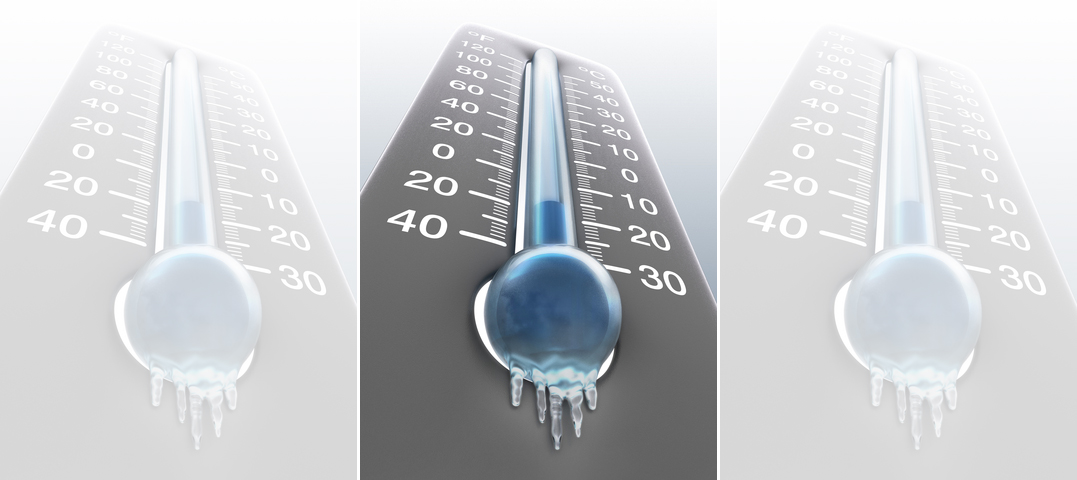Don’t get left out in the cold
By Brandi Portero, MD
After the excitement of winter holidays and settling into a new year, we may find ourselves longing for springtime. With thoughts of tulips and sunshine, it is important to remember to be safe as cold days and subzero wind chill temperatures are not behind us yet. While many people keep up to date on the upcoming forecast, cold weather injuries remain common. Let us take a moment to learn about a few problems that happen in the cold and how to prevent them:
Frostbite, caused by freezing of tissue, is one of those injuries. Commonly affected areas include the ears, nose, cheeks, chin, fingers and toes. Patients often describe the affected areas as cold, numb, or clumsy. The skin might look white or gray, have no sensation, or feel hard or waxy. You should seek medical care if you suspect frostbite. If you think you have frostbite, move to a warm environment as soon as possible, remove wet clothing, and use your own body heat for warmth like placing your fingers in your armpits. Do not use hot water, rub the frostbitten areas, or use stoves or fires as that could cause burns due to the loss of sensation.
Hypothermia is when your body temperature is below 95 degrees (the average body temperature is 98.6 degrees). Early signs of hypothermia are shivering, stumbling, slurred speech and confusion. Anyone can get hypothermia with prolonged exposure to cold temperatures, but certain people are more at risk including the elderly, people experiencing homelessness, cold weather enthusiasts (example, hikers and hunters) and people who use alcohol or drugs. The keys to avoiding hypothermia are to layer clothes and stay dry. Hypothermia is a medical emergency. Be aware that hypothermia can occur in the springtime as well as we deal with wet weather, fluctuating temperatures or sudden snowstorms that leave people unprepared.
Now that you know how to recognize some cold related injuries, check out these “hot tips” to be safe in the cold weather:
It is all about protective gear. Wear loose layers with the outer layer being wind/water resistant. Use gloves when handling tools or touching metal. Wool is superior to cotton in absorbing moisture.
Use the buddy system. Go out or work in pairs. Tell a family member, friend or neighbor where you are going if you plan to travel, and don’t forget your cell phone.
Stay hydrated but avoid alcohol. Alcohol can lead to or worsen cold weather injuries because it causes the blood vessels to relax and widen which will make you lose heat faster. Alcohol, along with other drugs, can also impair judgment and behavior.
Create a winter survival kit for your car. Here are some things you may want to include: a warm hat and gloves, sleeping bag, shovel, flashlight, candle and lighter, first aid kit, jumper cables, boots, multi-tool and flares.
Watch out for icy areas. Falling due to ice or snow results in many emergency room visits and can cause cuts and bruises, broken bones, muscle injuries especially in the neck or back, concussions, and in some cases, bleeding in the brain. Try to keep your walkways clear and wear proper footwear with a strong tread. Test the ground before getting out of a vehicle or leaving a building.
Continue to take time to learn about being safe in the cold to avoid cold weather injuries and recognize signs to seek immediate medical care. Many realize that winter is a beautiful season when we learn to embrace (and respect) the cold weather.
Brandi Portero, MD is a family medicine doctor at Allina Health United Family Physicians, 233 Grand Ave, Saint Paul, MN 55102. Phone: 651-241-5200.




